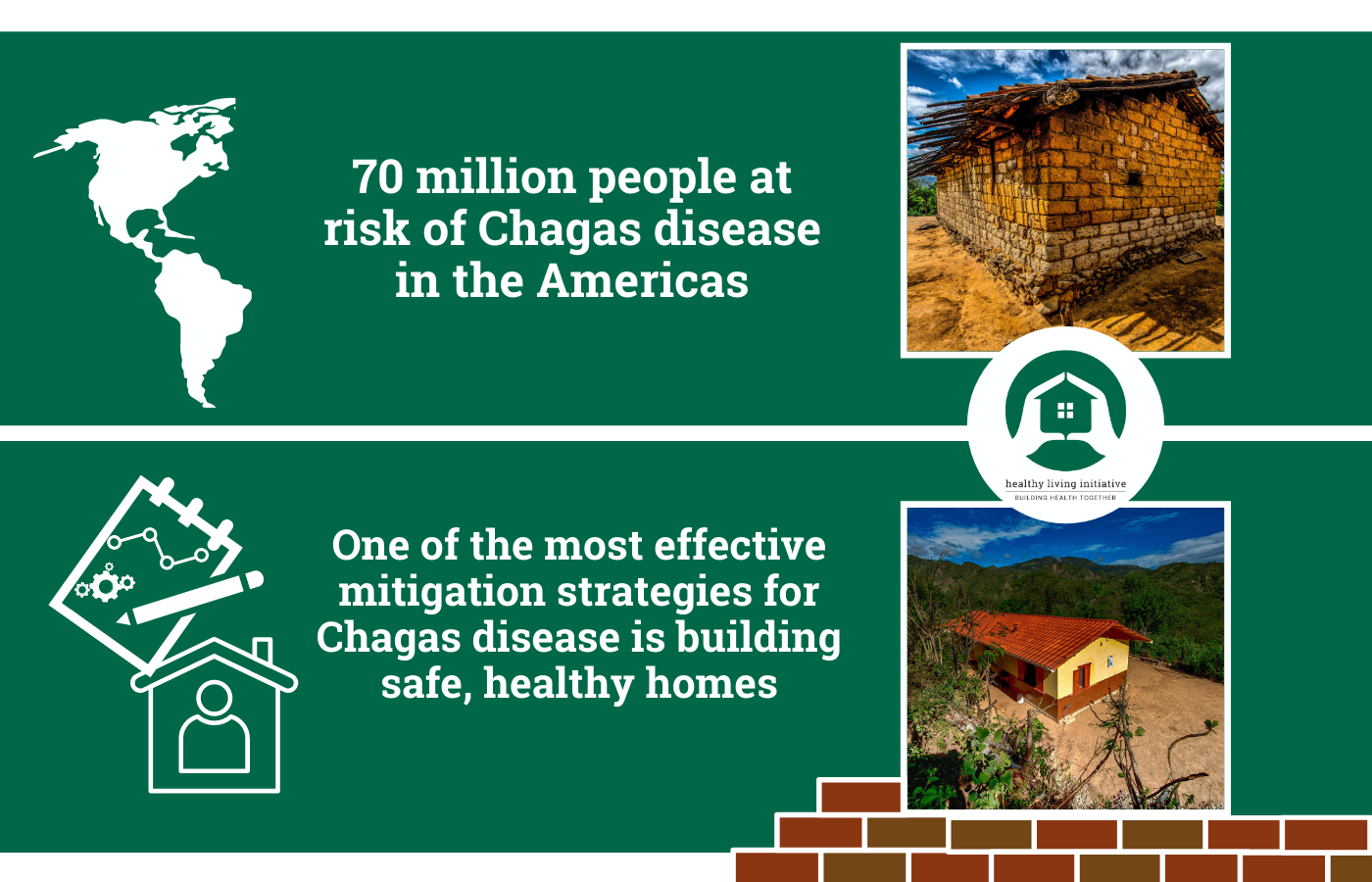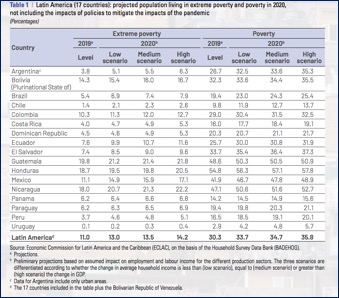By: Kathryn Gardner

The COVID-19 pandemic has demonstrated to us the importance and value of our health. Although undoubtedly there are certain communities that are disproportionately affected by COVID-19, in general the virus is not influenced only by one’s socioeconomic status in society. COVID-19 is, however, increasing poverty rates around the world. According to a September 2020 article published by Stat, “The first six months of the pandemic saw the number of people living in extreme poverty around the globe rise by 7%, after declining year after year for the past two decades.”

In 2020, poverty rates in Latin America could increase by a minimum of 4.4 percentage points
Source: Economic Commission for Latin America and the Caribbean (ECLAC)
For the roughly 70 million people at risk of Chagas disease in the Americas, however, their risk level is directly linked to their socioeconomic status. This is because Chagas is a disease of poverty. Although the population at risk of Chagas is high, there is good news! We know that there are direct links between one’s living standards and environment and the risk level of contracting Chagas. This means that there are disease mitigation strategies and ways in which Chagas disease can be prevented.

One mitigation strategy is healthy, secure homes that are built to prevent the bugs that transmit Chagas from entering the house. Poorly constructed homes often have cracks and openings in the structure, allowing the triatomine bugs that spread Chagas Disease to enter.
Secure, safe housing is a proven sustainable Chagas disease mitigation strategy. That is why the guiding principle of the Healthy Living Initiative is the belief that improved homes change peoples’ living environments, and improved living environments help them live healthier lives. For our partner communities in Southern Ecuador, secure, safe housing keeps them protected from Chagas and better equipped to lead happy, healthy, productive lives.


